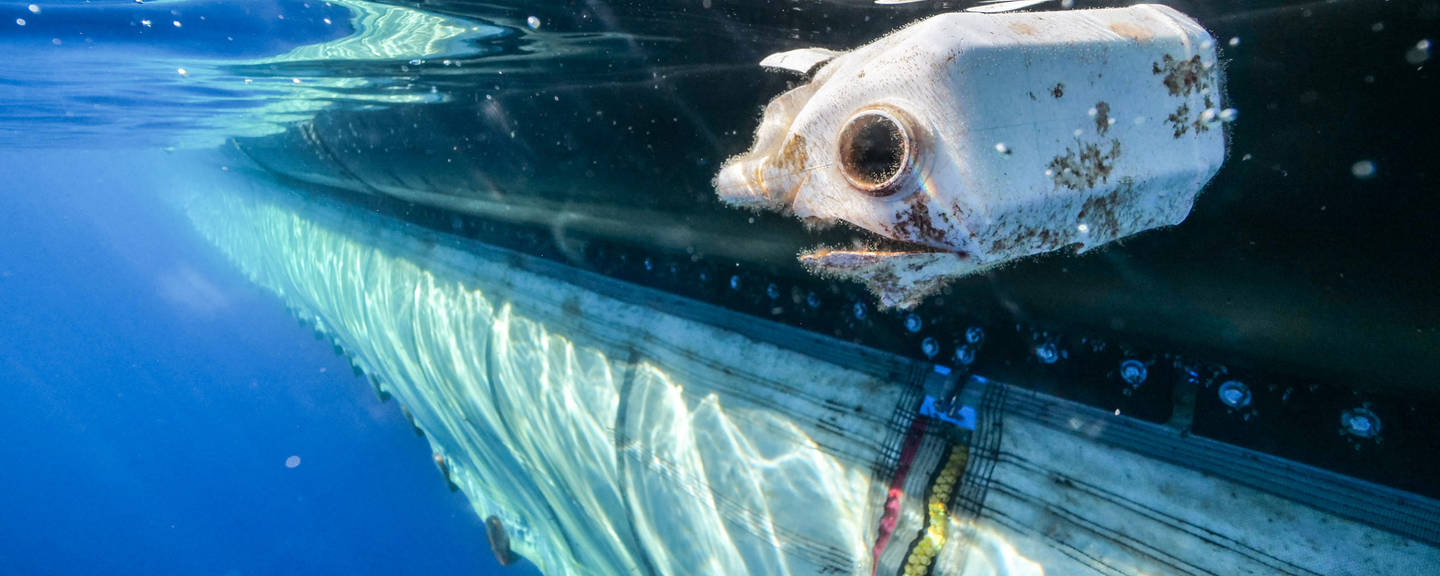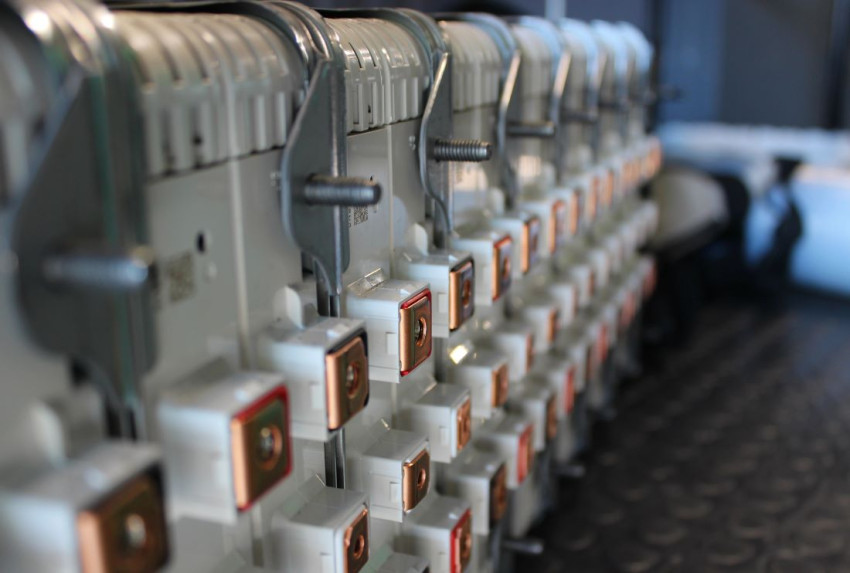
Plastic catcher facing problems at sea
The first plastic catcher launched by The Ocean Cleanup is not working properly. The plastic it collects is slowly drifting out of the barrier, announced founder Boyan Slat today.
Although the plastic catcher is behaving more or less as expected, the speed with which it is moving across the ocean is disappointing. Sometimes the catcher travels quickly, at other times it slows down, and as a result of this variation in speed the plastic harvested does not remain inside the system. Sometimes the plastic drifts faster than the tube.
U-SHAPE
The news was announced one month after the first ‘real’ seagoing example of the plastic barrier was sent into the ocean. After several redesigns, a 600-metre long tube left the port of San Francisco in early October. The flaps that are suspended from the tube are longer in the middle than at the edges. The idea was that this floating object would bend into a U-shape on the open ocean, and drift slightly faster than the floating plastic, allowing the system to harvest it passively.
The Ocean Cleanup carried out lots of simulations and field trials with their system before it was launched into the open ocean, so they thought they knew what would happen. Why the tube is not behaving as expected is still unclear. Slat said it might be caused by the wind, which may have more influence on the ends of the tube than expected. This could cause the system to fluctuate and lose speed. It is also possible that the U-shape causes vibrations in the water, repelling plastic away from the barrier.

IMMEDIATE SOLUTION
Fortunately, The Ocean Cleanup already has a solution. The plan is to loosen the cables that create the U-shape in the system, which will widen the U. This will reduce both the effect of the wind on the ends, and the vibrations produced by the system. In theory, this will solve the (possible) causes of the catcher’s disappointing performance.
THE OCEAN IS A COMPLEX SYSTEM
However, as Slat also says, the interplay between the plastic, the plastic catcher, the sea and the wind is very complicated. Despite all the hours of simulations, Slat and his team never saw the system behaving in this way. They will adjust the cables as soon as next Thursday, in the hope the system will then do what it was designed for. Only then can the intended large-scale production of plastic catchers begin. At least 60 systems are required to remove a significant amount of plastic from the Great Pacific Garbage Patch.
If you found this article interesting, subscribe for free to our weekly newsletter!






